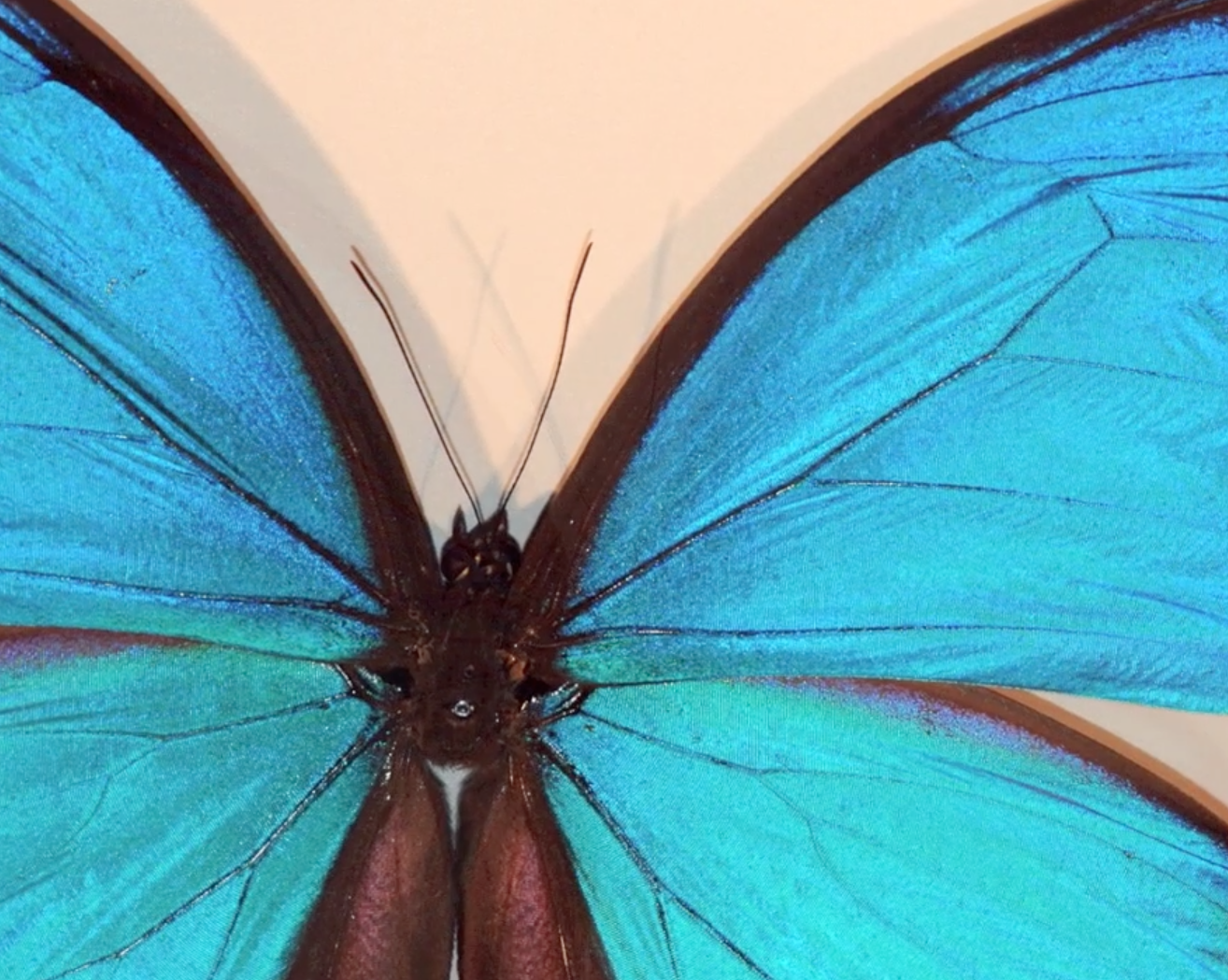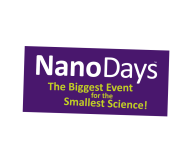DESCRIPTION
Zoom into the natural nanostructures that manipulate light on a Blue Morpho Butterfly! Starting with a normal digital camera, we zoom into the wing of the Blue Morpho using more powerful microscopes. We see the wing underneath an optical microscope, and finally, a scanning electron microscope. You'll see the 200 nanometer structures that produce the beautiful blue iridescent color of the Blue Morpho.
DESCRIPTION
Zoom into the natural nanostructures that manipulate light on a Blue Morpho Butterfly! Starting with a normal digital camera, we zoom into the wing of the Blue Morpho using more powerful microscopes. We see the wing underneath an optical microscope, and finally, a scanning electron microscope. You'll see the 200 nanometer structures that produce the beautiful blue iridescent color of the Blue Morpho.
TRAINING VIDEOS
OBJECTIVES
BIG IDEA
Nature, the master of nanotechnology, has created nanostructures that can manipulate light. Scientists can use this knowledge to understand how light interacts with nanometer sized objects. This knowledge can and has sparked new innovations in technology.
LEARNING GOALS
As a result of viewing this video, viewers will appreciate that nanotechnology can be found in living things like the Blue Morpho Butterfly.
NANO CONTENT MAP
Nanometer-sized things are very small, and often behave differently than larger things do.
Scientists and engineers have formed the interdisciplinary field of nanotechnology by investigating properties and manipulating matter at the nanoscale.
Nanoscience, nanotechnology, and nanoengineering lead to new knowledge and innovations that weren't possible before.
DOWNLOAD FILES
Credits
Lawrence Hall of Science
Developed for the NISE Network with funding from the National Science Foundation under Award Numbers 0532536 and 0940143. Any opinions, findings, and conclusions or recommendations expressed in this product are those of the authors and do not necessarily reflect the views of the Foundation.
Creative Commons Attribution Non-Commercial Share Alike 3.0 United States (CC BY-NC-SA 3.0 US).
View more details

NISE Network products are developed through an iterative collaborative process that includes scientific review, peer review, and visitor evaluation in accordance with an inclusive audiences approach. Products are designed to be easily edited and adapted for different audiences under a Creative Commons Attribution Non-Commercial Share Alike license. To learn more, visit our Development Process page.


